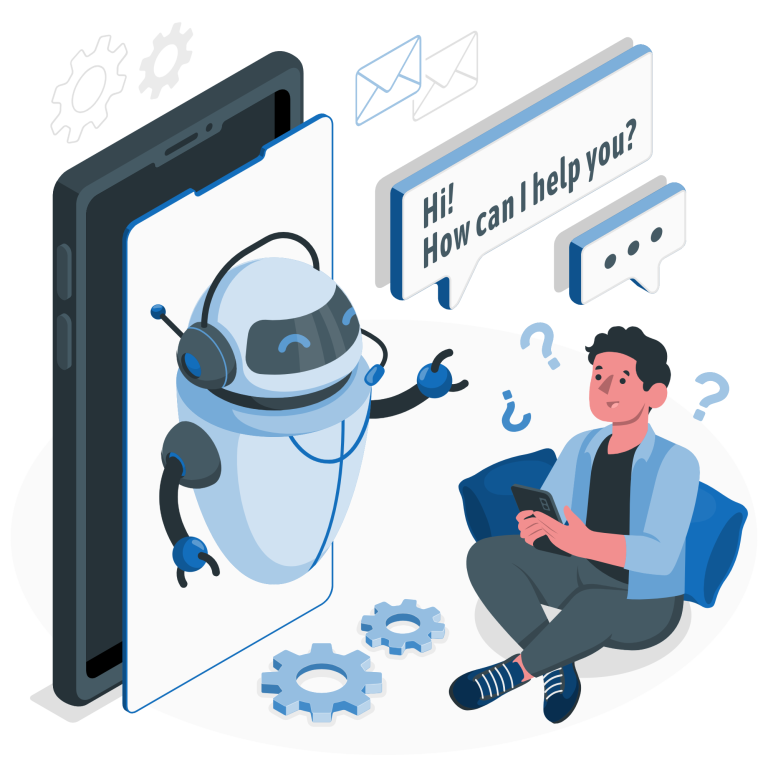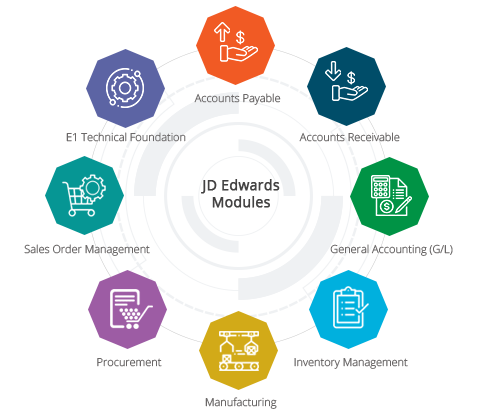In today’s highly competitive business landscape, providing exceptional customer service is paramount. One technology that has gained significant traction in recent years is chatbots. Chatbots offer businesses the opportunity to automate customer interactions, reduce response times, and enhance overall customer satisfaction. In this detailed guide, we will explore the steps and strategies involved in effectively leveraging chatbots for improved customer service.
I. Defining Objectives:
1.1 Understand Your Business Goals:
– Increase customer satisfaction
– Reduce response time
– Streamline customer support operations
– Improve customer engagement and retention
1.2 Identify Key Metrics:
– Customer satisfaction ratings
– Average response time
– First-contact resolution rate
– Customer feedback and sentiment analysis
II. Identifying Use Cases:
2.1 Frequently Asked Questions (FAQs):
– Designing a conversational flow for addressing common inquiries
– Providing accurate and instant responses to FAQs
– Reducing the burden on human agents
2.2 Order Status and Tracking:
– Enabling customers to check order status and receive updates
– Integrating chatbots with back-end systems for real-time information retrieval
– Offering proactive notifications and alerts to keep customers informed
2.3 Basic Troubleshooting and Technical Support:
– Assisting customers with common technical issues
– Providing step-by-step guides and solutions
– Guiding customers through self-service options
III. Choosing the Right Platform:
3.1 Custom-Built Chatbots:
– Programming languages and frameworks (e.g., Python, Node.js)
– Natural Language Processing (NLP) libraries (e.g., NLTK, spaCy)
– Integration with messaging platforms and APIs
3.2 No-Code/Low-Code Chatbot Platforms:
– User-friendly interfaces for designing conversational flows
– Pre-built templates and components for quick deployment
– Integration with popular customer support tools and CRMs
IV. Designing a Conversational Flow:
4.1 Understanding User Intent:
– Conducting thorough user research and analysis
– Categorizing different types of customer queries
– Mapping intents to appropriate responses
4.2 Crafting Natural and Engaging Dialogues:
– Using a conversational tone and language
– Personalizing responses based on user data and context
– Incorporating empathy and emotion into the chatbot’s interactions
4.3 Handling User Input Variations:
– Anticipating and accommodating variations in user queries
– Implementing entity recognition to extract relevant information
– Providing fallback options for unrecognized or ambiguous queries
V. Training the Chatbot:
5.1 Data Collection and Annotation:
– Gathering relevant customer interaction data
– Annotating data for training and evaluation purposes
– Ensuring data privacy and compliance
5.2 Supervised Learning Techniques:
– Using labeled data to train the chatbot’s NLP models
– Classifying intents and entities using machine learning algorithms
– Evaluating and fine-tuning model performance
5.3 Continuous Learning and Improvement:
– Monitoring chatbot conversations and user feedback
– Iteratively updating and refining the chatbot’s responses
– Implementing feedback loops for ongoing optimization
VI. Implementing Escalation Paths:
6.1 Identifying Limitations and Complex Scenarios:
– Determining scenarios where the chatbot may struggle
– Acknowledging and communicating the chatbot’s limitations
– Identifying the need for human intervention
6.2 Seamless Transition to Human Agents:
– Integrating chatbots with customer support systems
– Transferring chat history and context to human agents
– Ensuring a smooth handoff to avoid customer frustration
VII. Testing and Iteration:
7.1 Testing Chatbot Performance:
– Conducting functional and usability testing
– Creating test cases for different user scenarios
– Debugging and fixing any issues or bugs
7.2 User Acceptance Testing:
– Involving real users to evaluate the chatbot’s performance
– Collecting feedback and iterating on the conversational flow
– Measuring user satisfaction and task completion rates
VIII. Monitoring Performance and Analytics:
8.1 Key Performance Indicators (KPIs):
– Tracking metrics to measure chatbot performance
– Response time, customer satisfaction ratings, resolution rate
– Analyzing trends and identifying areas for improvement
8.2 Sentiment Analysis and Customer Feedback:
– Analyzing customer sentiment through text and sentiment analysis tools
– Gathering feedback through surveys, reviews, and social media monitoring
– Incorporating feedback to enhance the chatbot’s capabilities
IX. Providing Seamless Handoff to Humans:
9.1 Equipping Human Agents:
– Training agents to handle escalated chats effectively
– Providing access to chat history and customer information
– Empowering agents with knowledge bases and decision-support tools
9.2 Integrating Support Channels:
– Ensuring seamless integration across chat, email, and phone support
– Implementing omnichannel strategies for consistent customer experience
– Synchronizing chatbot and agent interactions for a unified support journey
X. Regular Updates and Maintenance:
10.1 Content and Knowledge Base Updates:
– Keeping chatbot responses up to date with accurate information
– Monitoring and addressing frequently asked questions
– Implementing version control and change management practices
10.2 Continuous Improvement:
– Monitoring industry trends and evolving customer needs
– Incorporating new features and functionalities
– Leveraging user feedback for ongoing enhancements
Conclusion:
By following these comprehensive steps, businesses can successfully leverage chatbots to enhance their customer service operations. From defining objectives to training and maintaining the chatbot, each stage plays a crucial role in providing personalized, efficient, and effective customer support. Embracing chatbot technology can empower businesses to deliver outstanding customer experiences, foster customer loyalty, and gain a competitive edge in today’s digital era.





